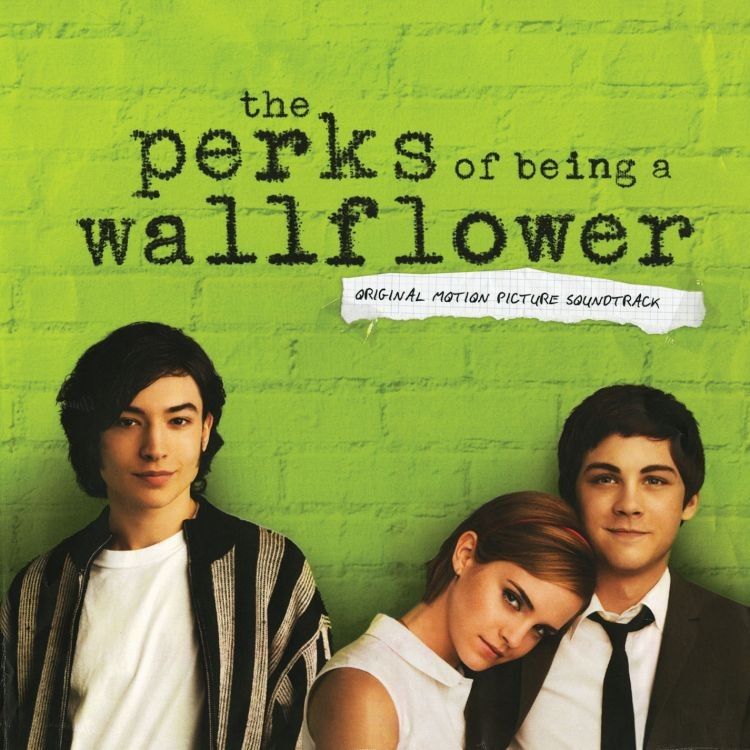

However, the more shocking aspects of the original plot have been sanitized in several respects, perhaps making it more “believable” but reducing its emotional impact. How Charlie’s friendships evolve into misfired romances and then back into friendships, only purer than before, provides the backbone of both novel and film. Those who weren’t-i.e., the intended audience for the film-will likely find this just as quaintly nostalgic as when Charlie gets a typewriter and LPs from his friends for Christmas. For those who were born before the Nineties, this absence will make the story poignant and strange, as it underscores the incredible generational divide that has opened up in so short an amount of time. While the letters in the book are dated 1991, the movie takes place sometime just prior to the end of the last century, before cellphones and social media monopolized teenage communication. In fact, the film is conspicuously free of technological markers. Mercifully, writer-director Chbosky uses this framing device only loosely for his big-screen adaptation, preferring showing over telling-you never see Charlie (Logan Lerman) speaking directly to the camera or thoughtfully pecking at a computer keyboard.

(He doesn’t know you personally, but he hopes that you will understand him, because he’s heard good things about you.) The narrative unfolds through a series of letters written by “Charlie,” addressed to you, the reader, and details his alternately painful and joyous high school freshman year. Routinely compared to Catcher in the Rye, the book has as its central theme the struggle to understand the terrible things that inevitably happen to those we love and to ourselves. For the uninitiated, Stephen Chbosky’s novel The Perks of Being a Wallflower, published by MTV Books in 1999, wholeheartedly engages in the teenage impulse towards pretentiousness.


 0 kommentar(er)
0 kommentar(er)
